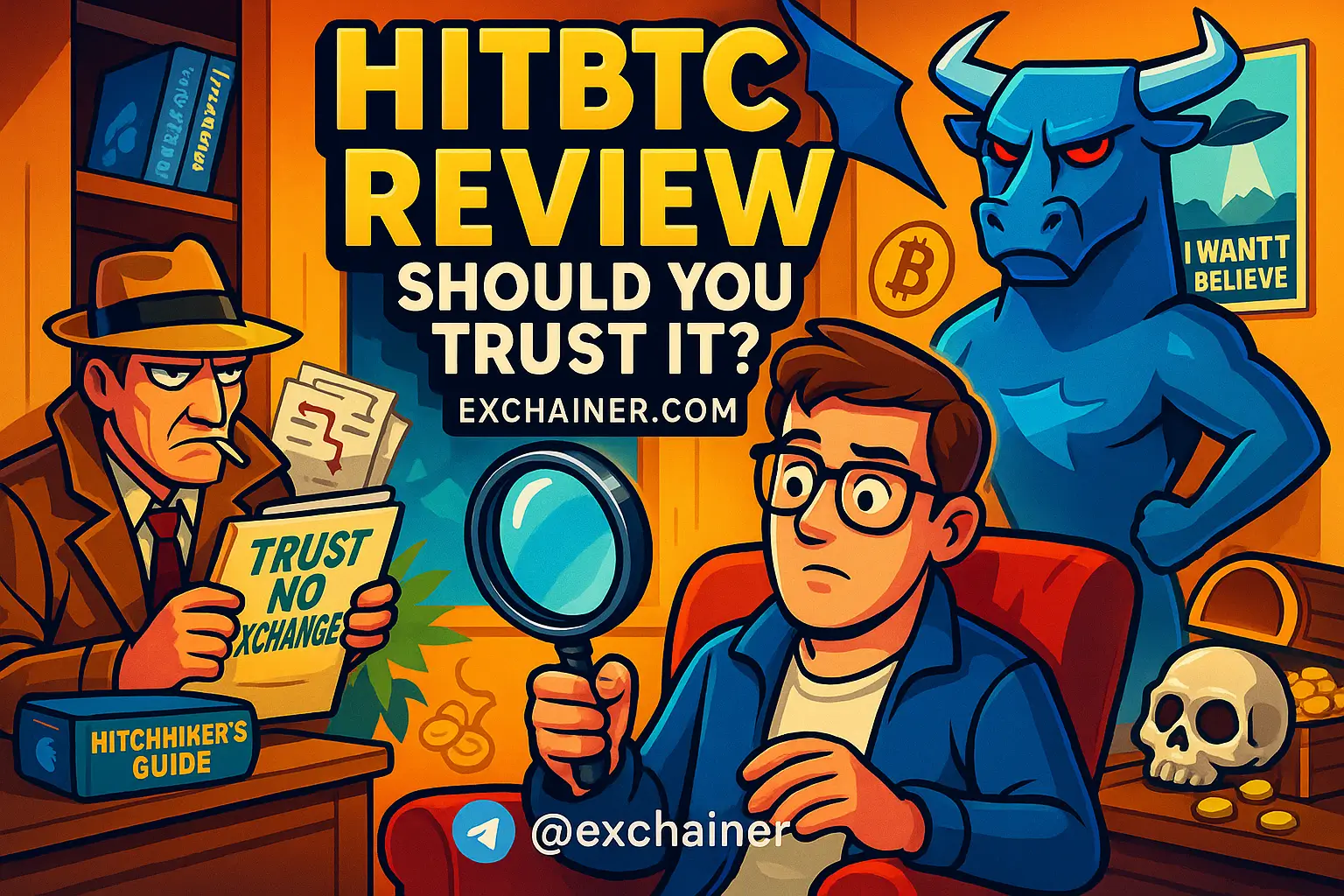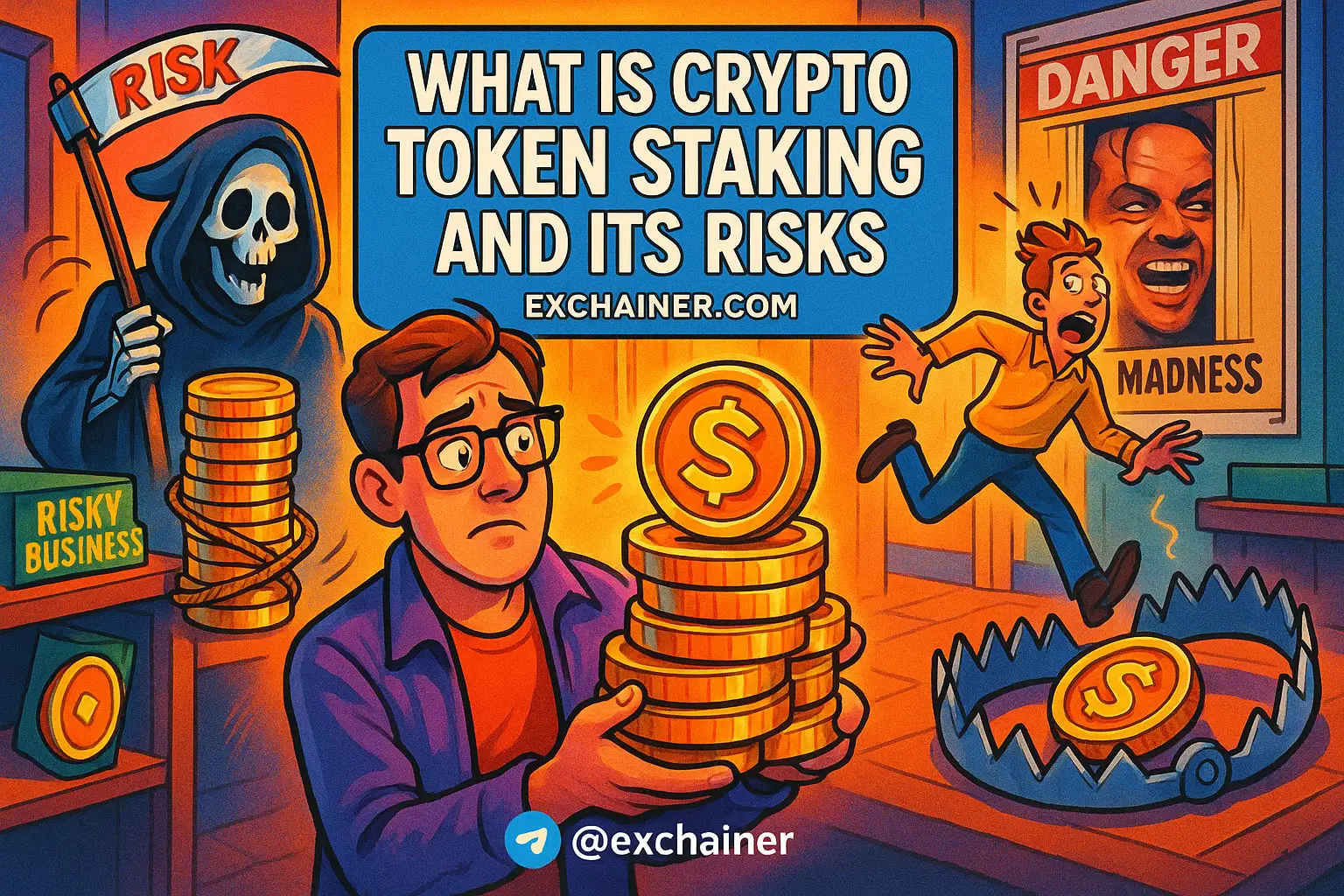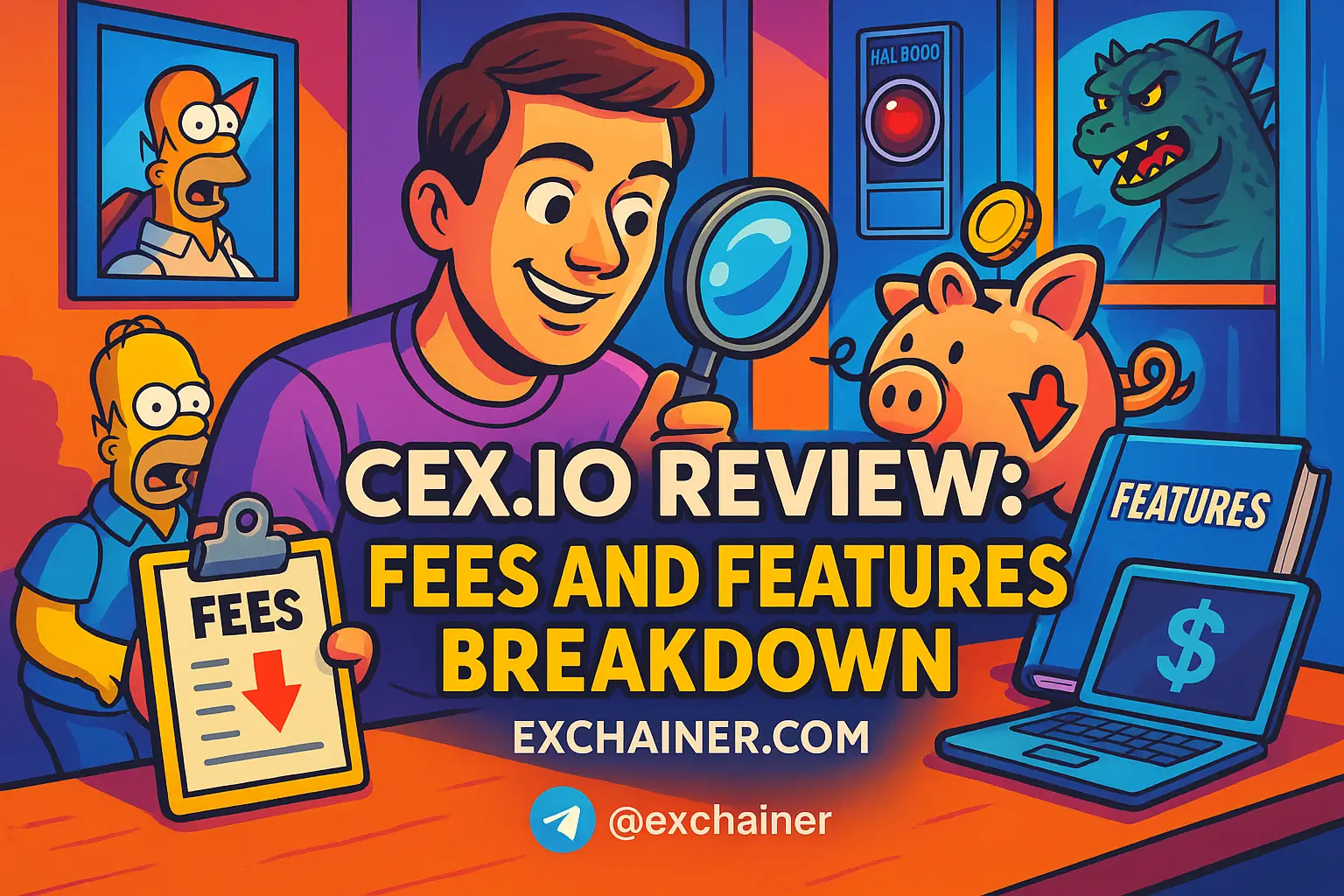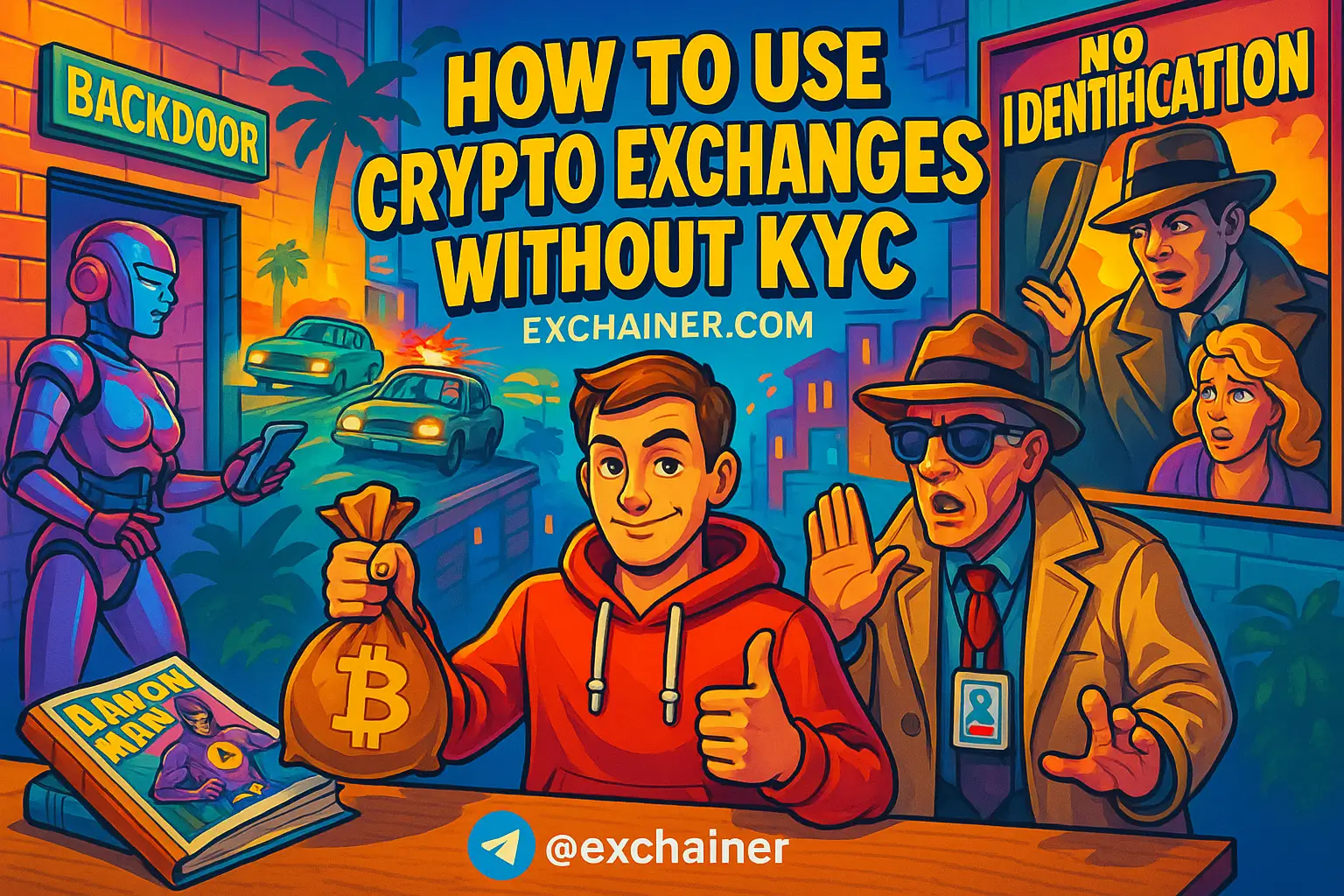In the evolving world of cryptocurrency, understanding the intricacies of token vesting is crucial for anyone looking to invest or engage with blockchain projects. So, what is it that makes this concept so essential? Well, token vesting is more than just a financial mechanism; it’s a safeguard designed to create stability and trust within a project's tokenomics. For those new to the crypto landscape, or even intermediate users seeking clarity, grasping the significance of token vesting can influence your investment strategies and decision-making processes significantly. This article will unpack what token vesting is, why it matters, and provide insights into how it impacts both projects and investors.
Token vesting involves locking up tokens for a predetermined period before they can be accessed or sold. This is often implemented to build trust among investors and ensure that project founders, team members, and early backers remain committed to their initiatives over time. By preventing immediate selling or transfer of tokens, projects can reduce volatility and encourage long-term alignment between stakeholders. This not only builds confidence among investors but also fosters a healthier ecosystem for the entire project.
Now, let's dive deeper into the various facets of token vesting, its implications, and why you should be informed about it as a cryptocurrency enthusiast.
Understanding Token Vesting
When we talk about token vesting, we need to first understand how it fits into the larger framework of cryptocurrency projects. Most projects issue tokens as part of their fundraising efforts or incentives for development and growth. Token vesting serves as a way to manage how these tokens are distributed and utilized over time.
What Is Token Vesting?
At its core, token vesting refers to a scheduling mechanism that allows tokens to be released to their holders gradually. For example, a project might allocate 1 million tokens to a founder, but instead of releasing them all at once, they might "vest" them over four years, releasing 25% of the total every year. This approach prevents any single individual or group from flooding the market with tokens, which could lead to sharp price drops and undermine the project's value.
Vesting schedules can vary widely; they might span from months to several years, depending on the project’s goals and the amount of trust that needs to be established with stakeholders.
Why Does Token Vesting Matter?
The significance of token vesting goes deep into the fabric of a project's credibility and sustainability. Here are a few reasons why it matters:
-
Investor Confidence: By locking up tokens for a certain period, projects can assure potential investors that the team is committed to the long-term vision. This can help in attracting more investments.
-
Reducing Volatility: When large amounts of tokens are released simultaneously into the market, it could lead to significant price fluctuations. By implementing vesting schedules, projects can mitigate these risks, leading to a more stable price over time.
-
Alignment of Interests: Token vesting helps to align the interests of project teams and their backers. When founders know their tokens won’t be liquidated immediately, they may prioritize the project's success over short-term gains.
-
Encouraging Long-Term Development: With vested tokens, the teams behind projects are incentivized to focus on long-term development milestones rather than seeking quick financial returns.
-
Trust and Transparency: Clear and publicly disclosed vesting schedules can enhance trust among community members and potential investors. Transparency around when tokens will be released adds a layer of reliability to the project.
How Token Vesting Works
Now that we understand its importance, let's take a closer look at how token vesting actually works in practice.
The Process of Token Vesting
-
Vesting Schedule Development: The project team defines a timeline for when and how tokens will be released. This schedule frankly outlines total token supply, amount allocated to various stakeholders, and the time frames for vesting.
-
Smart Contracts: Many projects use smart contracts on blockchain platforms to automate the token release process. These contracts ensure that tokens are only available to the holders according to the established vesting schedule.
-
Release Events: Depending on their schedules, tokens are released according to pre-defined events. Those events could be time-based (e.g., quarterly releases) or milestone-based (upon achieving project goals).
Examples of Token Vesting
To put this all into context, let’s look at some prominent examples of token vesting in action:
-
Ethereum: When Ethereum raised funds for its development through an ICO, the founders and investors had their tokens vested to ensure long-term commitment to the platform.
-
Tezos: Tezos implemented a three-year vesting period for its founders and early backers. This provided the community with confidence that the team was committed to the project's future.
-
Binance Coin (BNB): Binance uses a vesting regime for its team and advisors, ensuring that key stakeholders gradually gain access to their tokens as the exchange’s user base grows.
These projects exemplify how token vesting can have a profound impact on overall trust levels and project stability.
Key Considerations for Investors
Understanding token vesting is essential for making informed investment decisions. Here are some practical tips to keep in mind:
Evaluating Vesting Schedules
-
Research the Vesting Timeline: Always check the project’s whitepaper or official communication to evaluate their vesting schedule. Understanding how long tokens are locked-up can help you assess short- and long-term investment risks.
-
Assess Token Allocation: Analyze the distribution of tokens. A project with a disproportionate amount allocated to founders with short vesting schedules could pose a higher risk of price volatility once the release begins.
-
Consider Market Conditions: Market trends and external conditions can influence how token vesting impacts price. If an overall bearish trend is prevalent, token release schedules may intensify the downward pressure.
Staying Informed
-
Follow Project Updates: Regularly check the project's official channels and community forums for updates about their progress, milestones achieved, and changes to the vesting schedule.
-
Participate in Community Discussions: Engaging with the community can provide valuable insights and amplify your understanding of market sentiment surrounding the project’s success.
-
Utilize Tools: There are various tools available that allow you to analyze token vesting schedules in-depth. Websites like CoinMarketCap provide valuable data regarding tokenomics and other crucial details.
Conclusion
Token vesting encapsulates a vital element of cryptocurrency projects by ensuring stability, trust, and long-term focus among stakeholders. By understanding the fundamentals of token vesting, both beginners and intermediate crypto enthusiasts can enhance their investment strategies and avoid potential pitfalls. Being informed allows you to assess projects intelligently and make better investment choices.
As you embark on your crypto journey, remember that thorough research and due diligence are key. If you're looking for more guidance and resources about cryptocurrency, trading, and tools, explore the other categories of Exchainer.com, such as Crypto 101, Exchange Reviews, and Tools and Wallets. Start your educational journey today and stay ahead in the world of digital currency!












